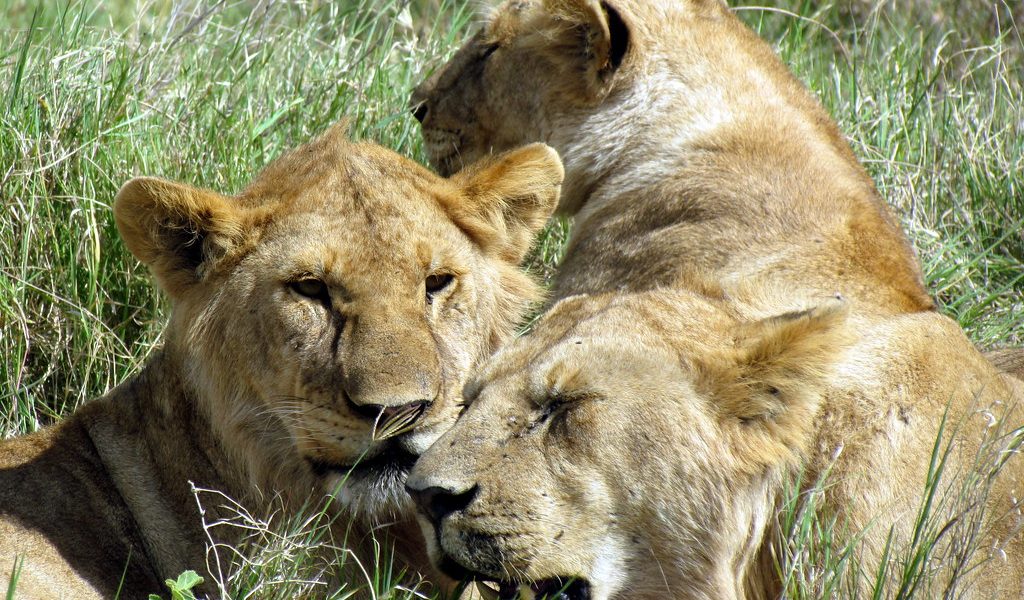The great wildebeest migration experience in Serengeti National Park
The beautiful soils of Serengeti National Park age as fine wine as in the pre-historic Era they were used by the Masai for grazing and the present Serengeti was their precious endless plains. The Park is blessed with a name that is derived from a Masai word called Serengeti which means a great open space where land is endless. The area was designated as a game reserve in 1930 and 1937 sport hunting was a free-to-do activity. The Park was established in 1951 including Ngorongoro Conservation Area which was later split off from the park in 1959. A safari in Tanzania is incomplete without a wildebeest migration experience in the Serengeti.
The uniqueness of Serengeti National Park
Serengeti is among the first places to be announced as UNESCO sites. Serengeti National Park was named a World Heritage site in 1972 during the Stockholm conference and it was officiated in 1981. The park has an enormous number of grazers. As it was originally called endless plains by its original occupants, the plains in this park are filled with a brim to facilitate the lives of large herds of animals like gazelles, Zebras, and wildebeest among others. The Park is famous for the immense migration of land animals that happens in Africa. The greatest movement of wildebeests in the world happens in Tanzania as the animals are ready to face any risk coming from predators and crocodile attacks while crossing lakes and rivers from the dry plains to the greener areas of the western corridor.
Activities that can be done in Serengeti National Park
Game drives
As the rays of sunlight begin to calmly illuminate the earth, tourists are always up and ready to wow on the amazing views given off by the animals as they leave their nests to spend their day. As tourists navigate through the Savannah plains, tourists get to spot different animals like rhinos, a bloat of elephants, lions, leopards, giraffes, and antelopes among others.
Hot air balloon safaris
Visitors get to enjoy the aurora as they are high in the sky and survey the endless Savannah plains of Serengeti as they gaze in awe at the enormous animals that are watched in an aerial view. The central part of the park is called Seronera, the north and south offer clear views to tourists who love this activity and after they are done floating in the air, a sumptuous breakfast is always offered to the tourists as they continue to enjoy the ambiance of this park.
Birding
The Park was molded with endless plains and filled with charming chirping creatures called birds. With over 500 bird species in the park, tourists get hold of all kinds including native, migrant, and a lot more like secretary birds, grey-breasted spurfowl, Kori bustard, and woodpeckers among others.
Wildebeest migration experience
The greatest animal migration in the world equated to the great trek ensues in Serengeti and it offers a spectacular view of an enormous movement that raises both dust and earthquake as over 2 million wildebeests cross between the Serengeti and Mara ecosystems during the dry season. Making the journey more interesting, they travel along with their fellow grazers the zebras and gazelles as they courageously cross through rivers, eyes of predators preying on them to make it to the greener pastures.
Guided nature walks
The endless savannah plains cannot be toured and completed by travelers but they can embark on a trail that is led by an experienced guide as they are provided with in-depth details about the history of the park, catch site of a variety of wildlife, birds and they can all be sighted by visitors while on foot.
Popular attractions in Serengeti National Park
Birds
With over 500 bird species that inhabit the vast endless savannah plains, tourists get to spot a variety of forest life-givers that include the rare marabou storks, black crake, southern ground hornbill, Kori bustards, secretary birds, small finches, Masai ostrich among others.
Wildlife
The big five animals cannot be missed by tourists as they get to the park because if they fail to watch the animals during the day, the night is also too young for tourists to survey and enjoy the wilderness with nocturnal. While in the park, antelopes, elands, bushbucks, fringe-eared oryxes, and crested porcupines among others can be sighted and the climax of beauty is gotten at the sight of wildebeests and other grazers treading to greener posturers.
Vegetation in the park
The Serengeti plains have long served the indigenous of Tanzania and for that matter. They are called endless because they contain woodlands, riverine forests, trees, and grasses among others. Grasses include red oat grasses, pan drop seeds, trees like yellow fever trees, and commiphoras. All these excite tourists with their giant trees that are about 50 cm tall among others.
How to get to the Park?
Whether by road or air, the tourists can access the park depending on what is convenient for them. Road transport is the most used means and tourists usually embark on a safari drive that resumes from Arusha and before the end of eight hours tourists en route or get overnights in other wildlife sites.
By air, tourists fly into the park through either Kilimanjaro International Airport or Arusha Airport, and within 1-5 hours, they will have effortlessly landed in the park.
When to visit Serengeti National Park?
Visiting the park is an all-year-round activity but travelers who wish to witness amazing sceneries like the great migration should find their way to the park during the dry season.






